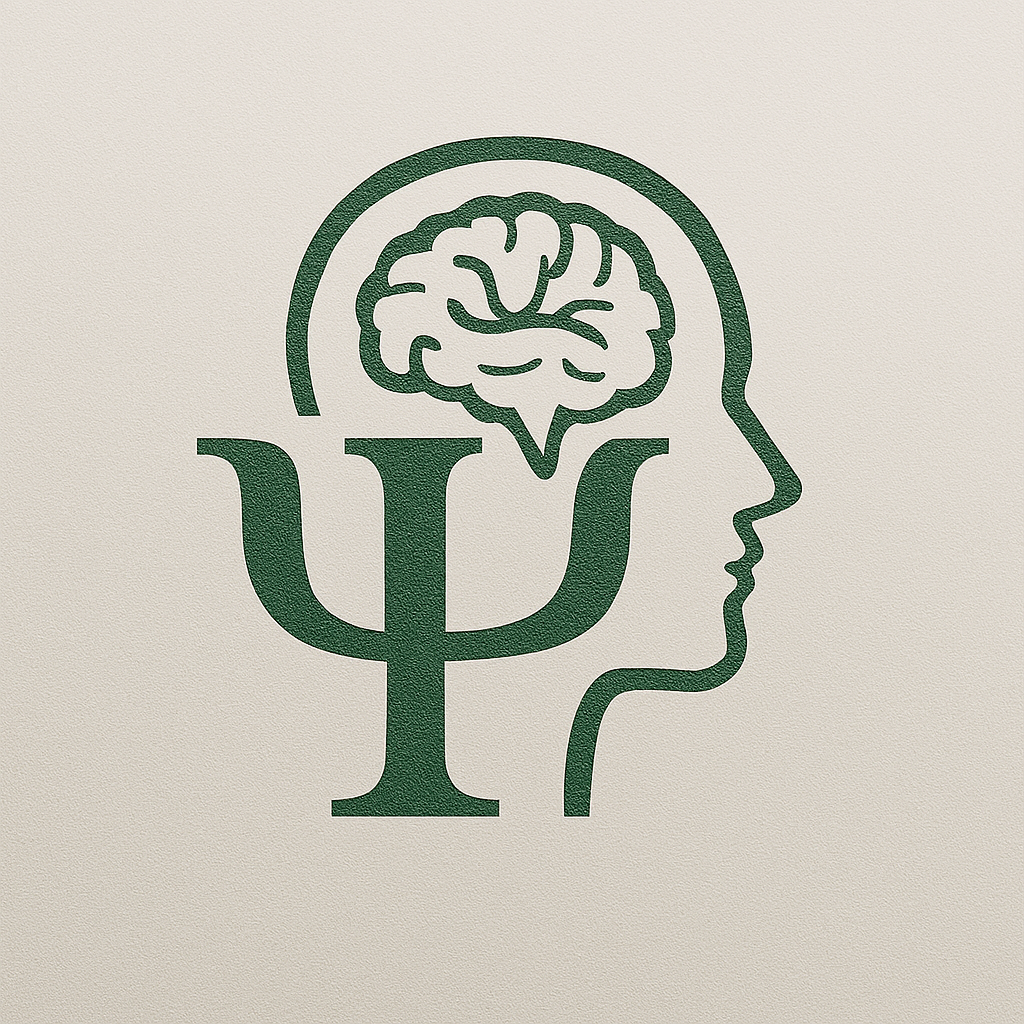If you’ve been to a psychologist or even just heard about it, you might have wondered why some just listen, some give you exercises, and some dig into your past. These differences aren’t random, every therapist has a specific approach.
People enter therapy for many different reasons sometimes they’re looking for peace, sometimes for answers, and sometimes just for someone to listen. But what many people don’t realize is that behind every therapy session is a specific perspective; a school of thought that determines how a therapist views a problem, what questions they ask, and what path they suggest.
Understanding these approaches not only helps us see why the therapy experience is different for everyone but also allows us to enter the process with more awareness, without confusion or false expectations.
Below, we’ll introduce a few common approaches, each offering a different path for self discovery and change.
1. Cognitive-Behavioral Therapy (CBT)
This is one of the most well known approaches. It focuses on intrusive thoughts and mental patterns how thoughts affect feelings and behaviors, and how these thought patterns can be changed through mental exercises.
Who it’s for: People dealing with anxiety, depression, or OCD, as CBT provides a clear and structured path.
2. Dialectical Behavior Therapy (DBT)
Evolved from CBT, but its focus is on regulating emotions, especially during moments of crisis.
Who it’s for: Individuals with severe emotional fluctuations or those in high-conflict relationships. DBT teaches clients how to recognize, accept, and move through their emotions without harm.
3. Schema Therapy
This approach delves into deeper patterns, typically formed in childhood, that continue to influence a person’s behavior and feelings.
Who it’s for: People who are caught in repetitive behavioral or emotional cycles and are looking for the root of those issues.
4. Humanistic Therapy
Focuses on personal growth, self-discovery, and acceptance. In this approach, the therapist acts as a companion rather than a guide or coach.
Who it’s for: Individuals seeking meaning, inner peace, or a better understanding of themselves.
5. Couples Therapy
This is used when the problem is not just individual but has formed or intensified within the relationship between two people. The therapist helps couples better understand each other, communicate, and resolve their conflicts.
Who it’s for: Couples caught in recurring conflicts, emotional distance, or distrust who want to rebuild their relationship.
6. Psychodynamic Therapy
Pays attention to the subconscious, past memories, and hidden patterns. In this method, the therapist acts like an explorer, using tools such as dream analysis, past relationship history, or attention to silences and slips of the tongue to get to the root of the problems.
Who it’s for: People dealing with repetitive patterns or those seeking a deeper self-understanding.
7. Emotionally Focused Therapy (EFT)
Its focus is on the emotions themselves. The goal is for a person to be able to see, experience, and move through their emotions without fear.
Who it’s for: People who have difficulty expressing their feelings or often suppress their anger or sadness. This method helps you see, understand, and fearlessly experience your emotions.
8. Analytical Approach (Psychoanalysis and deeper models)
This approach also addresses the subconscious and the hidden roots of behaviors but is typically more time-intensive. It is suitable for those seeking a profound self understanding and are willing to be patient throughout the therapeutic process.
Who it’s for: People looking to uncover the hidden roots of their behaviors.
In the end:
Each approach is a unique path to self-knowledge and change. You don’t need to know or choose every single one, but knowing that these paths exist is an important first step toward starting a therapy that is right for you.

